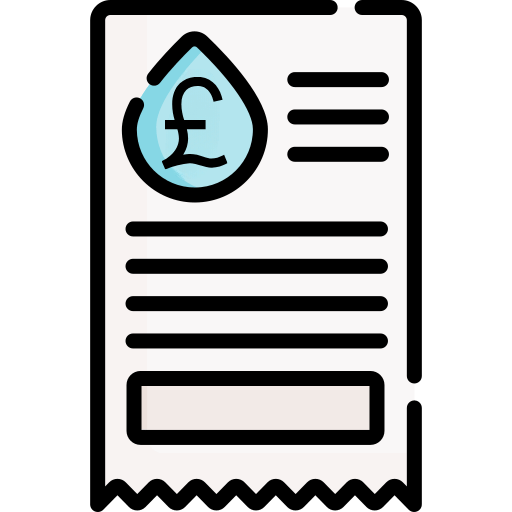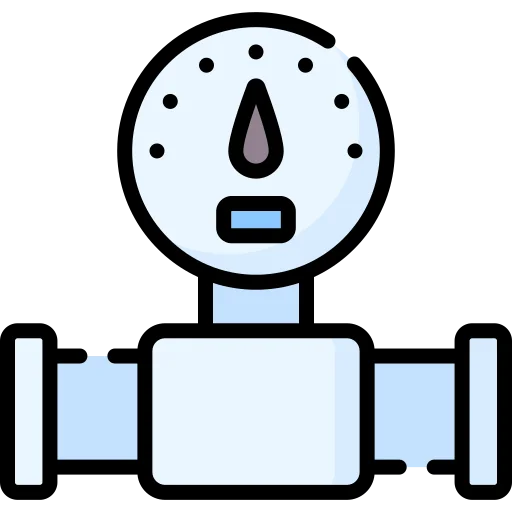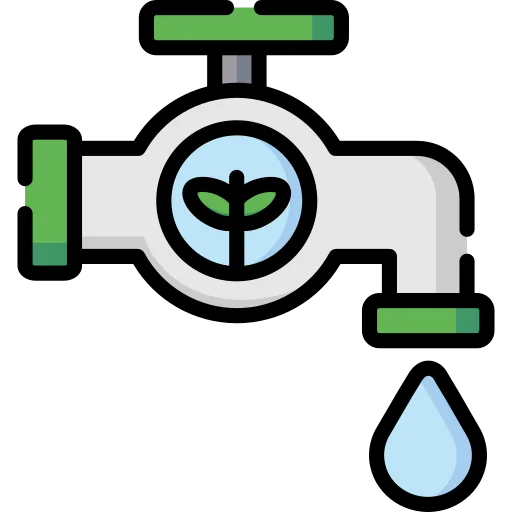How does a borehole work?
For businesses looking to manage their own water supply and become independent from their business water supplier, a borehole offers an excellent alternative.
It enables significant savings on business water rates compared to the mains water supply. A borehole is a highly worthwhile investment for businesses that regularly consume large quantities of water.
Here’s a summary of the process for installing a borehole:
The pre-drilling survey
Before drilling takes place – a pre-drilling survey must be undertaken. The survey is carried out to cover the following aspects:
- Review the composition of the ground
- Check the ground can be drilled through
- Check if water is present in the ground
- Review the water depth, quantity, and quality of the water
- Review the possibilities drilling and lining
If the survey is successful, water fitting regulations require that you notify your water company before starting the installation work.
Drilling and lining
The drilling and lining stage consists of the following steps:
- A local check for underground utilities.
- Drilling an eight-inch borehole down to the water table.
- Depending on the ground composition, you will need to install a temporary steel casing to prevent collapse during drilling. Then five-inch plastic or steel casing will be slotted to the bottom of the hole.
- Now, you will backfill the gap between the screen you’ve put in place and the borehole walls with recycled glass gravel.
- Finally, you will cement the gap between the pump chamber and walls at the top of the borehole.
Once the initial drilling and lining have taken place, it’s time to test the water quality.
Testing the water quality
Testing determines your requirements for both the water quality and the correct pump setup. This is done by using a submersible pump to test the flow of water.
The checks include the natural water level, the recharge rate and the quantity of water. It enables you to work out the correct pump size you will need to ensure water is pumped efficiently into your property.
Ensuring the water is tested adequately at this stage is essential. The water from boreholes is usually safe to drink; there are, however, sometimes dissolved minerals and impurities in the water.
To test the water, samples are sent to a UKAS laboratory to establish the purity and existence of minerals and other substances present in the water. After the results from the lab – you will begin to look at the water treatment systems to ensure you comply with UK water regulations allowing you to provide a pure potable water supply.
Once this is achieved, you can move on to designing and testing the water pump system.
Design and test the pump system
This is a critical element of ensuring that your borehole functions correctly – it is what brings the water to the surface and needs to run efficiently and reliably.
Pumps for boreholes generally range from four to six-inch submersible stainless-steel pumps. Or, high powered circulation pumps and pressure sets can also be used, depending on your circumstances.
An underground well chamber will then be installed above the borehole to protect the equipment – this is a requirement of the private water supply regulations. The submersible well pump is installed into your borehole, deep down into the water chamber.
Depending on your current setup on your premises, there may be a need to install another water tank, with the sizing based on the estimate of daily water usage. These tanks can range up to 20,000 litres.
The treatment of water
Finally, you will need to consider the treatment of the water supplied by the borehole. Usually, the water extracted is perfectly safe to drink; as mentioned above, you need to comply with the UK’s national drinking water regulations – therefore, a water treatment system is required.
Based on the sample received and tested by the UKAS laboratory, a water treatment system will be developed to deal with any irregularities in water content to ensure you have a potable water supply for your business.
The water treatment system will generally include the following:
- UV sterilisers
- Iron and manganese filtration units.
- Reverse osmosis filters


